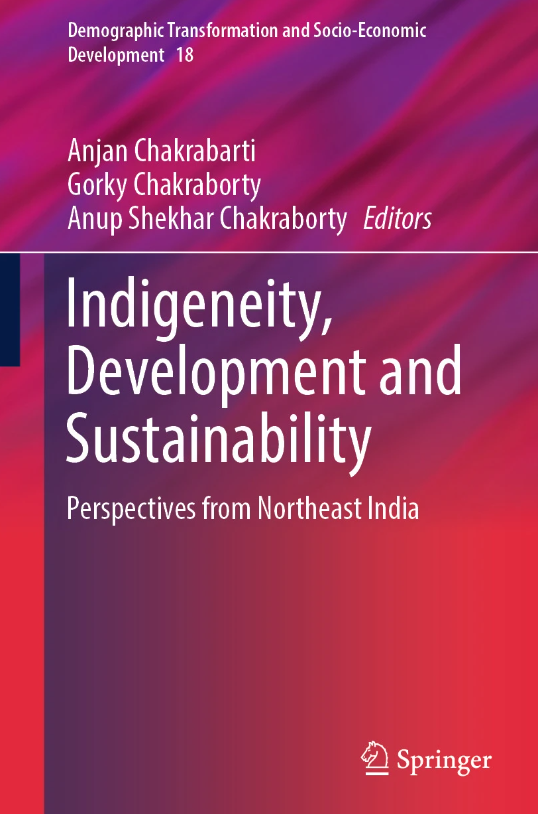Engaging with development as an agenda seeded within the exploitative commercial economy of the colonial period perhaps contributes to asking crucial questions, which shapes the present development dilemmas that regions face. The evolution of the development paradigm for NE India, remains embedded in the Colonialist’s encounter, understanding and vision of NE as an accessible place amidst an “inaccessible” terrain of the Eastern Himalayas, ultimately connected to accessing and extracting natural resources like coal, oil, timber and tea from the NE region. This model of resource-centric colonialism is intricately connected with the colonial “development” that the region witnessed and has been adequately discussed in the existing scholarship.
Such an enactment of governing resources was only facilitated through elaborate cartographic surveys and explorations to reimagine a “wild tribal cul-de-sac” as one of Empire’s most crucial geopolitical hold. “The British, with an eye on resources of the region, began exploiting the land, the forests, the minerals, the agricultural potential…They surveyed the land; fixed village, taluka and district boundaries; fixed land revenue in monetary terms, realisable from the farmers; set up administration; and started laying roads and railways to transport the raw material of the region to be exported abroad.” The chapter looks into explorations, cartographic surveys, mapping and administrative tours as colonial exercises implemented by the Empire to assess and know the region, creating new knowledge about the region itself. The chapter is divided into three sections: colonial cartography and explorations, surveys as machinery of rule and official tours as a colonial tool of governance. It is based on secondary and archival research and locates itself in the colonial nineteenth century.
Publisher Page>

